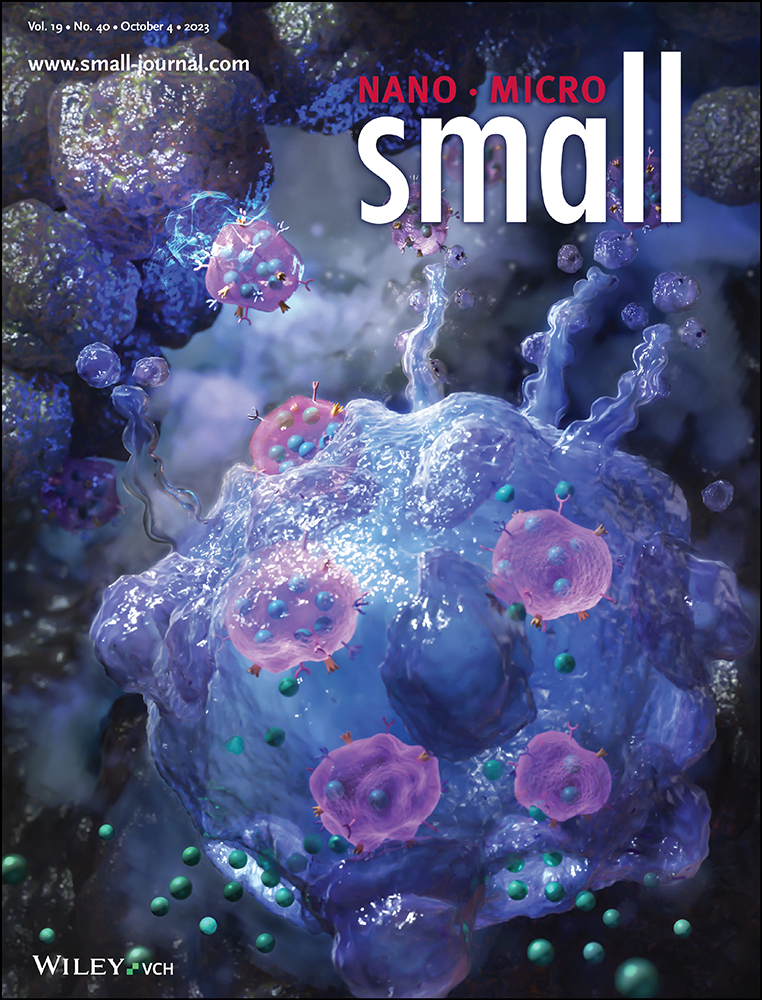Dual-Defect Engineering of Bidirectional Catalyst for High-Performing Lithium-Sulfur Batteries
Abstract
Practical applications of lithium-sulfur (Li-S) batteries have been hindered by sluggish reaction kinetics and severe capacity decay during charge-discharge cycling due to the notorious shuttle effect of polysulfide and the unfavored deposition and dissolution of Li2S. Herein, to address these issues, a double-defect engineering strategy is developed for preparing Co-doped FeP catalyst containing P vacancies on MXene, which effectively improves the bidirectional redox of Li2S. Mechanism analysis indicates that P vacancy accelerates Li2S nucleation via increased unsaturated sites, and Co doping generates local electric field to reduce the reaction energy barrier and accelerate Li2S dissolution. MXene provides highly conductive channels for electron transport, and effectively captures polysulfide. The double-defect catalyst enables an impressive reversible specific capacity of 1297.9 mAh g−1 at 0.2 C, and excellent rate capability of 726.5 mAh g−1 at 4 C. Remarkably, it demonstrates excellent cycling stability with capacity retention of 533.3 mAh g−1 after 500 cycles at 2 C. The results can unlock the double-defect engineering of vacancy induction and heteroatomic doping towards practical Li-S batteries.
Conflict of Interest
The authors declare no conflict of interest.
Open Research
Data Availability Statement
The data that support the findings of this study are available from the corresponding author upon reasonable request.




